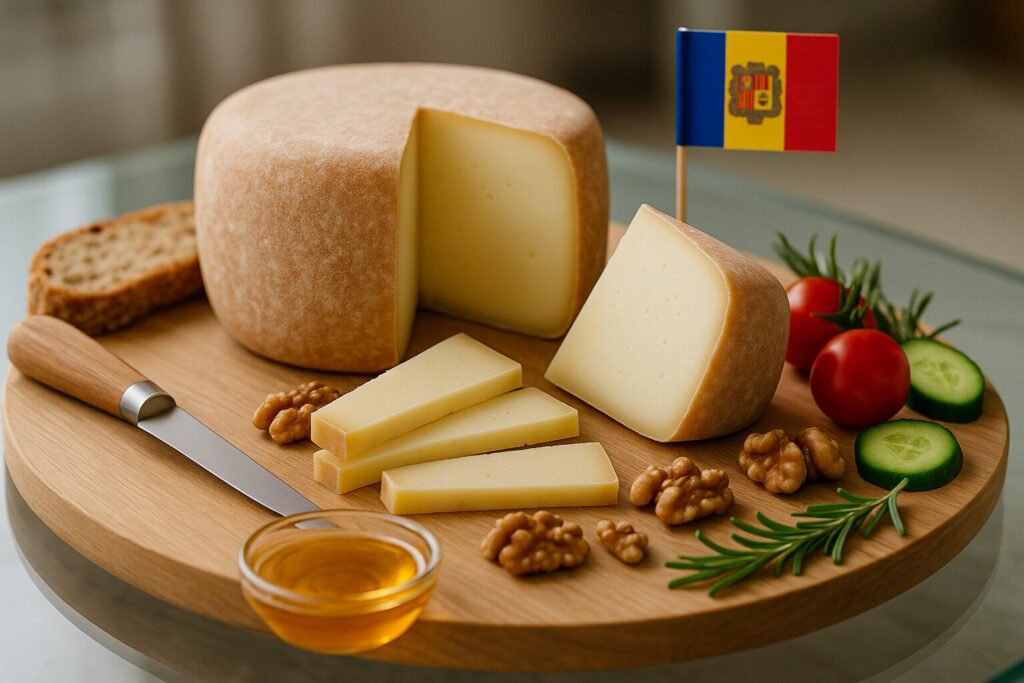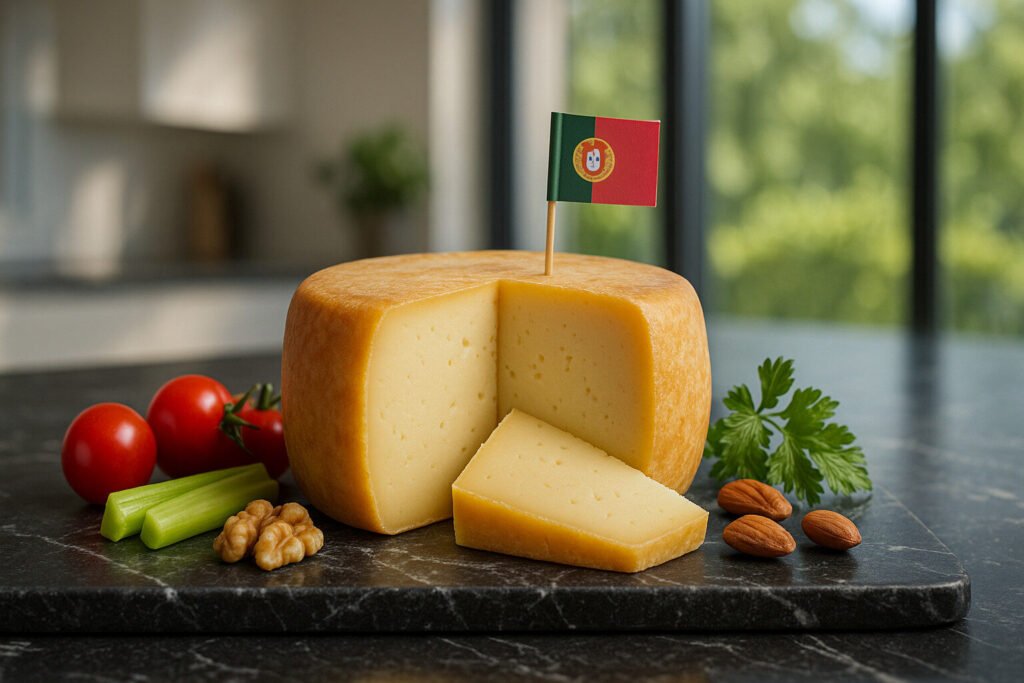Thin Rind Cheese
Definition and Scope
Thin rind refers to a cheese classification based on a delicate, edible exterior layer. This rind forms naturally or through controlled aging processes, typically measuring less than two millimeters thick. It serves as a protective barrier while allowing moisture exchange, influencing the cheese’s texture and flavor development.
Cheeses with thin rinds include bloomy-rind varieties like Brie and Camembert, where Penicillium candidum creates a white velvet coating. Washed-rind cheeses such as Taleggio also develop thin rinds through regular brine washing. This category excludes thick, inedible rinds found on aged hard cheeses or wax-coated varieties.
Production Methods
Thin rind formation begins with specific cheese-making techniques and controlled aging environments. For bloomy rinds, cheesemakers spray surface-ripening molds onto fresh cheese curds. These cheeses then age in high-humidity cellars between 10-13°C for several weeks, allowing gradual rind development.
Washed-rind cheeses undergo regular surface treatment with brine, beer, or wine solutions. This process encourages Brevibacterium linens growth while preventing thick rind formation. The washing frequency and solution composition directly impact rind thickness, texture, and final flavor characteristics of the cheese.
Sensory Profile
Thin rind cheeses typically exhibit subtle earthy, mushroomy, or mildly pungent aromas. The rind itself contributes nuanced flavors that complement the paste, ranging from gentle saltiness in bloomy rinds to more pronounced savory notes in washed-rind varieties. These aromas intensify with proper aging but remain balanced.
Texturally, thin rinds provide slight resistance before yielding to creamy interiors. They should never feel tough or rubbery when properly developed. The edible nature means the rind integrates seamlessly with the paste, enhancing overall mouthfeel without distinct separation between components.
Culinary Applications
Thin rind cheeses serve excellently as table cheeses for direct consumption at room temperature. Their complete edibility makes them ideal for cheese boards and casual dining. The rind contributes to visual appeal through its characteristic white bloom or orange-pink hue in washed-rind examples.
In cooking, these cheeses perform well in baked applications where they achieve optimal meltability. Brie en croûte and baked Camembert demonstrate how the thin rind contains the melting cheese while contributing flavor. The rind should always be included during preparation to maintain structural integrity.
Regional Examples
France produces iconic thin rind cheeses including Brie de Meaux and Camembert de Normandie, both protected by AOC designation. These Norman cheeses feature pure white Penicillium candidum rinds surrounding creamy, pale yellow paste. Their production follows strict traditional methods ensuring consistent rind quality.
Italian Taleggio from Lombardy represents the washed-rind category with its thin, pinkish-gray crust. Spanish Torta del Casar utilizes cardoon thistle coagulation while developing a delicate natural rind. These regional specialties demonstrate how local traditions and microclimates influence thin rind characteristics.


